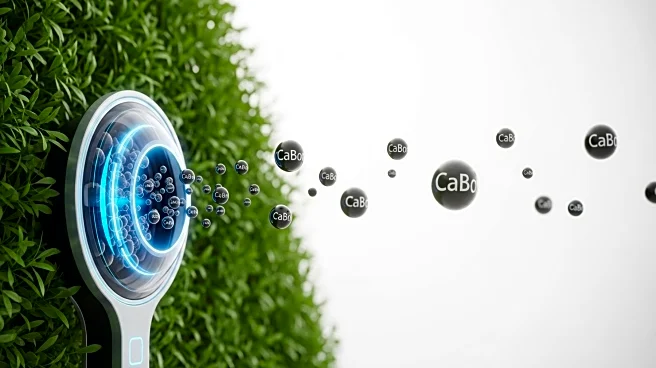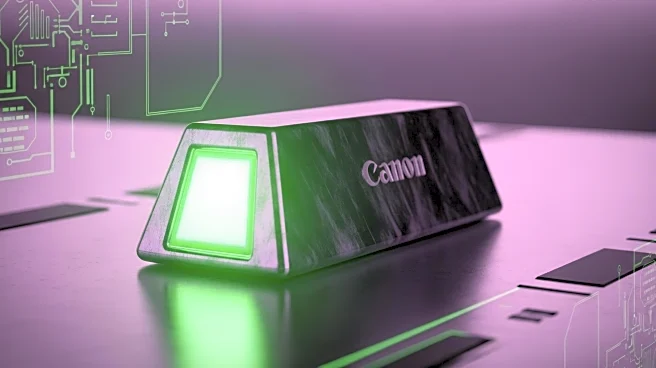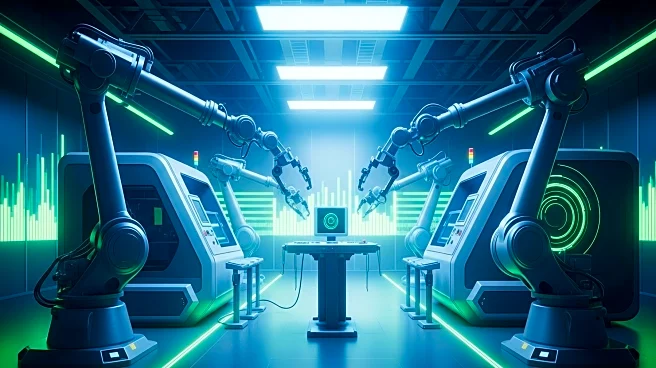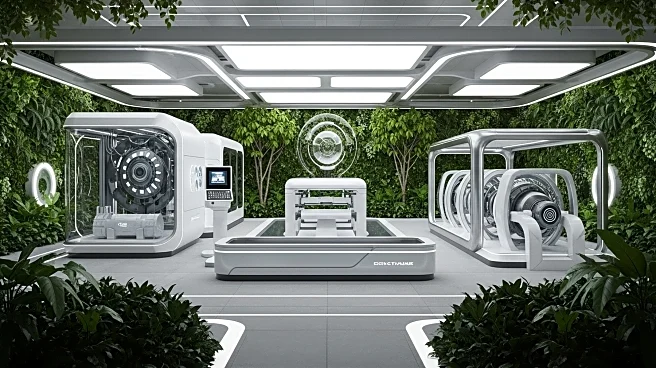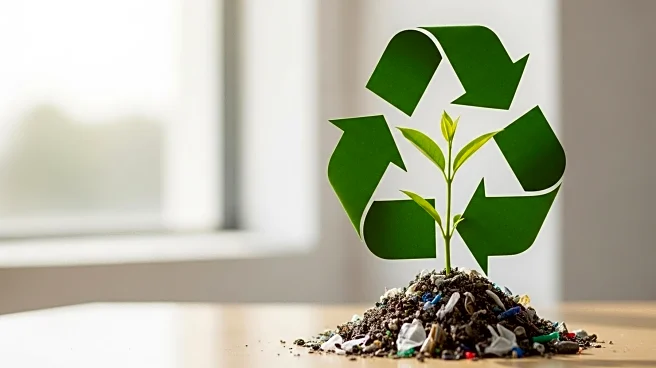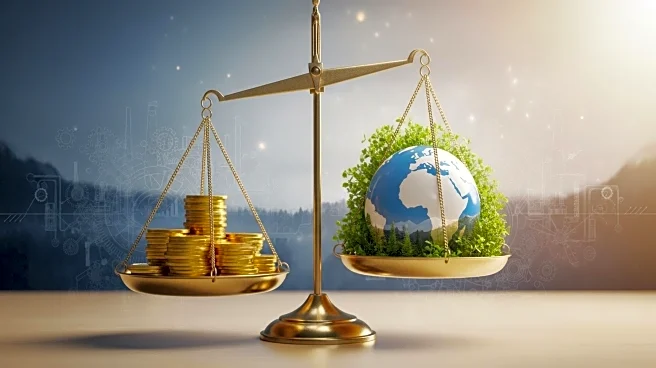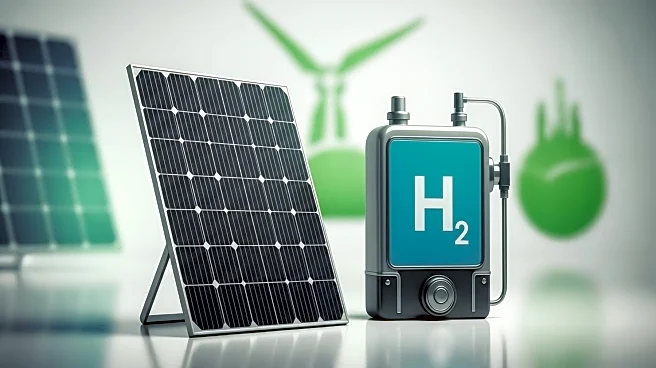What's Happening?
Manufacturers are increasingly viewing carbon as a resource rather than a waste product, integrating it into sustainable manufacturing processes. By replacing virgin fossil materials with recycled, bio-based, and captured carbon materials, companies aim to create closed-loop systems that reduce atmospheric carbon. Interface, a manufacturer in the construction industry, has incorporated captured carbon into its carpet tile production, achieving a lower carbon footprint without compromising product quality. This approach aligns with the company's goal of becoming fully carbon-negative by 2040.
Why It's Important?
The transformation of carbon into a sustainable resource represents a significant shift in manufacturing practices, offering environmental and economic benefits. By reducing reliance on virgin materials and lowering carbon emissions, manufacturers can enhance their sustainability credentials and meet regulatory requirements. This approach also supports the transition to a circular economy, where waste is minimized, and resources are reused. As industries face increasing pressure to address climate change, innovative solutions like carbon capture and utilization are essential for achieving long-term sustainability goals.
